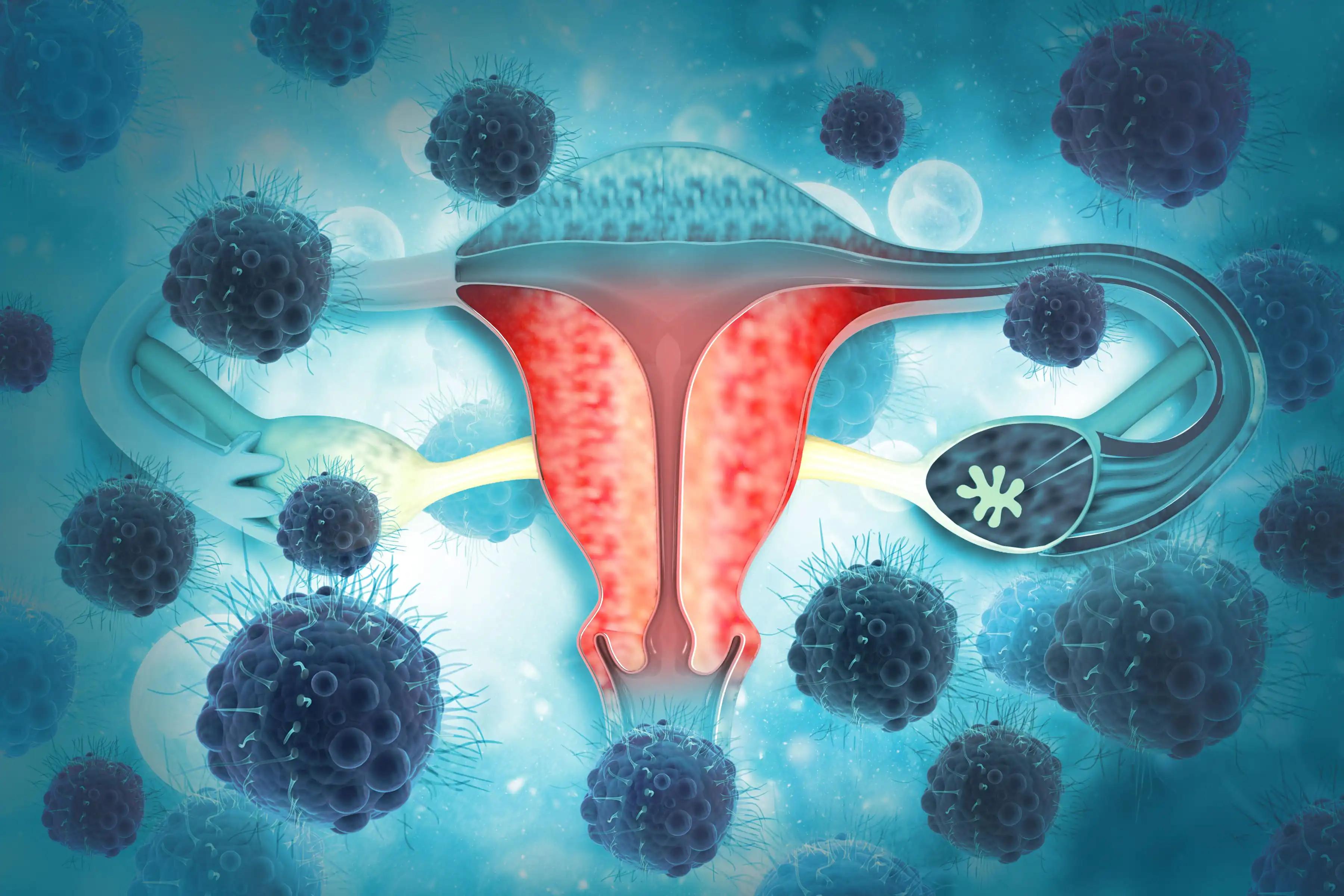KEY TAKEAWAYS
- The study aimed to investigate the potential of targeted therapy against PD-1/PD-L1 and receptor tyrosine kinases in cervical cancer patients.
- Researchers noticed a frequent expression of PD-1 in cervical cancer samples.
Cervical cancer stands as the fourth leading cause of cancer-related deaths among women globally.
Karen Bräutigam and her team aimed to delve into the exploration of targeted therapeutic approaches, specifically focusing on the immune checkpoint PD-1/PD-L1 and receptor tyrosine kinases. The investigation included both cervical cancer patients and cell lines to comprehend the potential of these targeted therapies in the context of cervical cancer.
Researchers performed an inclusive analysis by examining 123 cervical cancer samples through immunohistochemistry on tissue microarrays to assess PD-L1 expression. In parallel, the combination of lenvatinib with a PD-1/PD-L1 inhibitor was investigated in SiHa, HeLa, and CaSki cervical cancer cell lines. Cell viability assays were employed to evaluate the effects, while western blots were utilized to assess the activation of cell signaling pathway proteins. Additionally, gene expression was quantified using quantitative reverse transcriptase-PCR to comprehensively understand the combined treatment’s impact on cervical cancer cells.
Of about 113 evaluable samples, 90 (79.6%) exhibited more than 1% PD-L1 positive cells. The PD-1/PD-L1 inhibitor as a single treatment demonstrated the greatest reduction in growth for CaSki cells, while lenvatinib alone showed efficacy in inhibiting HeLa cell growth. In contrast, the combined treatment of lenvatinib with the PD-1/PD-L1 inhibitor exhibited significantly stronger inhibition of proliferation across all three cell lines. Specifically, this combined treatment resulted in notably less phosphorylation of signaling molecules, including ERK and S6 in SiHa and S6 and STAT3 in HeLa cells, although not in CaSki.
Moreover, all treatments decreased PD-L1, Il-8, and FGFR mRNA levels in SiHa cells. The comprehensive analysis of the results underscores the potential synergy of lenvatinib with PD-1/PD-L1 inhibitors in impeding cervical cancer cell proliferation, with distinct molecular effects observed in different cell lines.
The study concluded that frequent PD-1 expression in cervical cancer samples, coupled with the inhibitory impact on cell line proliferation through combining lenvatinib with a PD-1/PD-L1 inhibitor, suggested a promising treatment avenue for cervical cancer. Although the combined treatment effectively blocked signaling pathways related to tumor cell growth, the underlying mechanism remains elusive.
Source: https://pubmed.ncbi.nlm.nih.gov/38307554/
Bräutigam K, Schmidt T, Baur M, et al. (2024). “Prevalence of PD-L1 in Cervical Cancer Patients and the Potential for Combining an Immune Checkpoint Inhibitor With Lenvatinib.” Anticancer Res. 2024 Feb;44(2):503-510. doi: 10.21873/anticanres.16838. PMID: 38307554.



